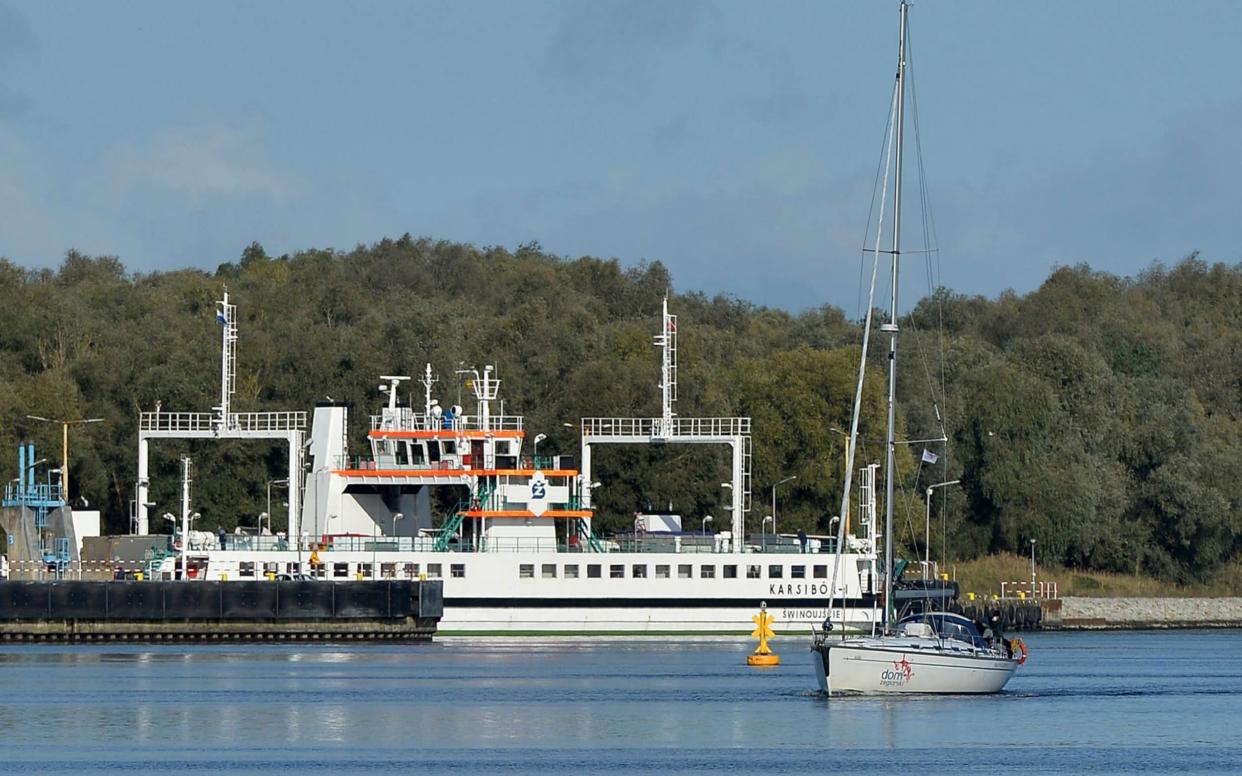Polish divers to defuse Second World War 'earthquake' bomb dropped by UK in world-first operation

Polish underwater bomb disposal experts have started a “world first” operation to defuse a massive RAF Tallboy “earthquake” bomb lying on the bottom of a channel in the north-west coastal town of Swinoujscie.
Weighing some 12,000 lbs, the Barnes Wallace designed bomb was built to shatter targets with the shockwaves caused by the detonation of 5,200 pounds of explosives.
Historians believe the Tallboy was dropped by 617 “Dambuster” Squadron during attacks on the Lutzow, a German pocket battleship, which was moored in the channel in April 1945. The ship, one of Nazi Germany’s last remaining capital ships, was holed below the water by the attacks and sank.
Around 750 civilians have been told to leave their homes when divers are working on the bomb during an operation that could last five days. Maritime traffic has also been suspended, and the authorities have imposed a 2.5 kilometre total exclusion zone around the bomb.

People living in a ring 500 metres further out can stay but have been warned against standing at windows or going onto balconies or terraces.
"Only its nose is sticking out," Lieutenant Commander Grzegorz Lewandowski, a Polish navy spokesman, told the AFP news agency. "It's a world first. Nobody has ever defused a Tallboy that is so well preserved and underwater.
“The bomb is dangerous because it contains a lot of explosives,” he added at a press conference. “The chemical processes that have been taking place in the bomb over time means that any impact, any vibration, any change of pressure caused by moving it could cause it to explode.”
Working in 39 feet of water, divers will have to remove some of the mud surrounding the bomb in order for them to carry out a deflagration operation. This involves using a remote-controlled device to burn the bomb’s explosive charge without causing it to detonate.
Destroying the bomb with a controlled explosion was ruled out because of its proximity to bridges.
The danger posed by the operation, which will disrupt life in Swinoujscie, has led to at least a few people packing their bags for the duration.
“We’re leaving for the week,” one resident told TVN, a Polish television network. “Our children have to go past it on their way to school every day so we’re a bit worried.”

